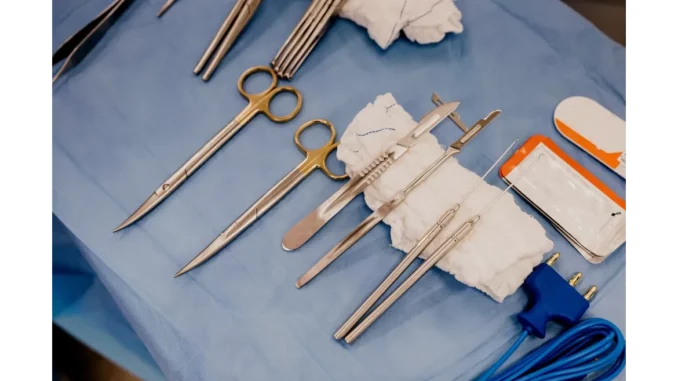
The field of robotic surgery is undergoing a significant transformation, spurred by the rapid advancements in artificial intelligence (AI). Pioneers in this domain, such as the experts from Johns Hopkins University, are at the vanguard of integrating AI into surgical robots, aiming to enhance their capabilities. This evolution prompts a critical examination of the current state of AI in robotic surgery and its potential to address the pressing shortage of surgeons, while still recognising the indispensable role that human expertise plays in ensuring patient safety and successful surgical outcomes.
Robotic surgery, celebrated for its precision, reduced recovery times, and minimally invasive nature, stands on the cusp of further enhancement through AI integration. Russell Taylor, a trailblazer in medical robotics and a professor at Johns Hopkins University, envisions a synergistic partnership between human surgeons and robotic systems. This collaboration is akin to power steering in automobiles, where both the human and the machine share control, with the robot ultimately following the surgeon’s lead. Such an arrangement capitalises on the precision and consistency of machines, complemented by the critical judgment, adaptability, and experience that human surgeons bring to the operating room. This harmonious interaction underscores the complementary nature of AI and human expertise, promising to refine surgical outcomes significantly.
The push towards more autonomous robotic surgery is also driven by an acute shortage of surgeons, intensified by an ageing population and increasing surgical demands. Axel Krieger, an associate professor of mechanical engineering and a specialist in medical robotics, contends that autonomous robots could be instrumental in addressing this shortage. By taking on routine procedures, these robots would enable human surgeons to concentrate on more complex cases, potentially democratizing access to expert surgical care. In this envisioned future, physicians might adopt an advisory role, intervening only when necessary, ensuring high-quality treatment irrespective of geographic location or surgeon availability.
Despite the promising prospects of autonomous robotic surgery, there are notable challenges, particularly the absence of haptic feedback. This sense of touch and force sensation is crucial for surgeons during procedures, particularly those that are delicate or intricate. Jeremy Brown, an assistant professor of mechanical engineering, underscores the necessity of reintroducing haptic feedback into robotic systems. He draws a parallel between the evolution of surgical robots and the transition from manual to autonomous vehicles, noting that just as drivers needed time to adapt to new technologies, surgeons must gradually embrace AI-enhanced systems while maintaining their pivotal role in the operating theatre.
Beyond improving surgical outcomes, the introduction of autonomous technology in surgery could potentially reshape the entire healthcare ecosystem. Mathias Unberath, an associate professor of computer science, highlights the need for careful consideration of how these advancements will affect all stakeholders, from patients to healthcare providers. As AI continues to evolve, it is imperative to ensure that this technology is seamlessly integrated into existing workflows, thereby enhancing rather than disrupting the patient care continuum.
Though AI and robotic surgery hold immense promise, the journey towards fully autonomous procedures remains ongoing. Human surgeons continue to be indispensable, offering the wisdom, judgment, and adaptability that machines cannot replicate. The future of surgery is likely to be characterised by a collaborative approach, where AI augments human capabilities, leading to safer, more efficient, and accessible surgical care for all. Researchers and practitioners must strike a balance between embracing technological innovation and preserving the irreplaceable value of human expertise. By doing so, the full potential of AI can be harnessed to transform surgery and improve patient outcomes on a global scale.


Be the first to comment